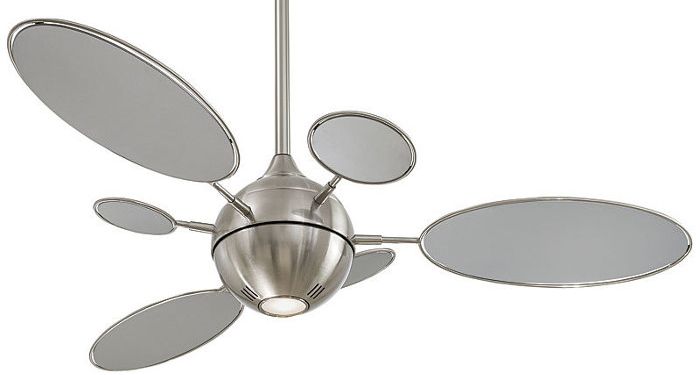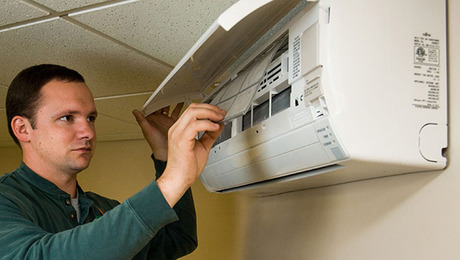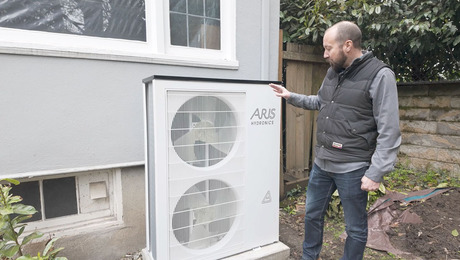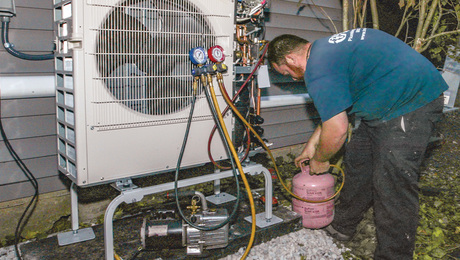The Facts About Ceiling Fans
Choose a good-looking, energy-efficient fan, and use it correctly.

Synopsis: Nearly every home has at least one ceiling fan, and most homes have more than one. Unfortunately, there’s a lot of misunderstanding about how to use ceiling fans and how to properly size a fan for the space where it’s located. In this article, associate editor Patrick McCombe examines the energy savings claimed by fan manufacturers and energy-efficiency experts. He also discusses how to properly size a fan and to choose among the hundreds of models available, including outdoor fans, architecturally appropriate fans, and fans with modern remote and wall-mounted controls. Photos of high-style fans demonstrate how such units can provide an exciting architectural element on their own. A comprehensive sidebar discusses how to safely mount a fan to the ceiling. Photo courtesy of the manufacturer.
There are 16.7 million ceiling fans sold every year in the United States. They are so popular that most homes have three or more. Most people say that they use their fans to stay comfortable and to save on air-conditioning and heating costs. People also routinely say that the fans keep their homes cooler. These widely held beliefs about ceiling fans are far less straightforward than most people realize.
When used incorrectly, ceiling fans actually can add to your utility costs instead of reducing them. The good news is that if you understand how ceiling fans work and know how to pick the proper fan for a space, these devices can indeed make you more comfortable and save you money on your utilities.
The first thing to know about ceiling fans is that they cool people, not rooms. Like all fans, ceiling fans make you feel more comfortable on a hot day because the breeze they produce speeds the evaporation of sweat from your skin. This evaporative cooling doesn’t work on inanimate objects or air, so leaving a ceiling fan running in an unattended room won’t help cool the space. You should always turn off ceiling fans when nobody is in the room.
When you’re in the room, ceiling fans can save you money on your air-conditioning costs in two ways. For starters, they can keep you comfortable on days with less intense heat, allowing you to resist turning on the air conditioner. Since a typical ceiling fan uses about 100w on high speed, compared to a central air conditioner’s 2000w to 5000w, the energy savings are easy to calculate. By setting your air-conditioning thermostat a few degrees higher on the hottest days, you can use the fan to stay comfortable. These savings are harder to document.
A 1996 research project conducted by the Florida Solar Research Center found that Florida homes using ceiling fans had the same thermostat settings as Florida homes without ceiling fans. If we assume that the homeowners with fans accurately reported their fan use and their thermostat settings, we have to assume that they were using the fans without adjusting the thermostat. As a result, their ceiling fans weren’t helping to save energy. Moreover, the rooms where the fans were located actually were warmer, since the motor in a ceiling fan can be as hot as 100°F at full speed.
Saving on cooling costs with a ceiling fan simply comes down to occupant behavior. If you can be comfortable with a higher thermostat setting while running the fan, you will save money because the fan uses less electricity than air-conditioning. Just be sure to turn the fan off when you leave the room.
For more photos and details, click the View PDF button below:


























